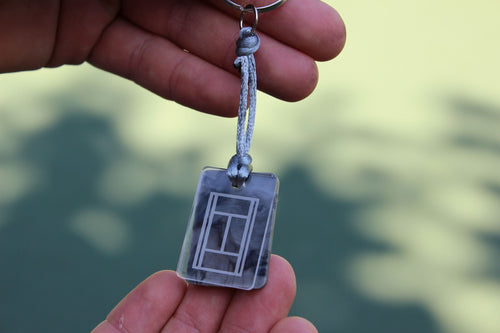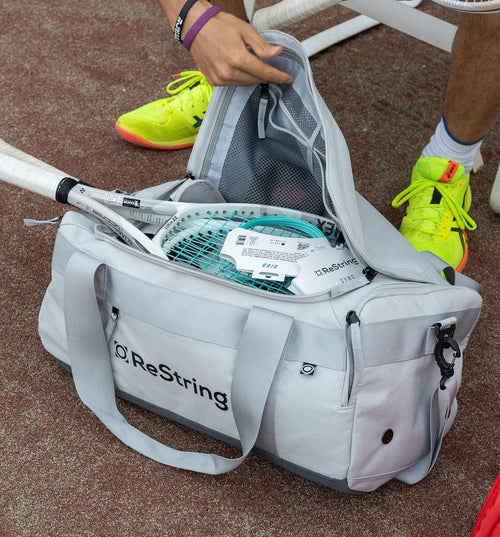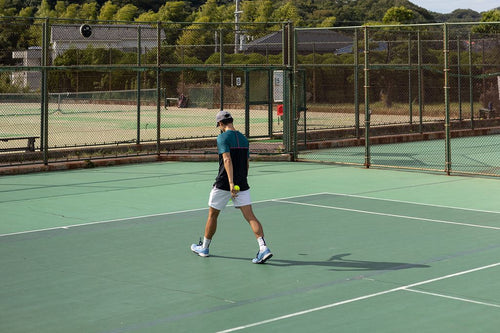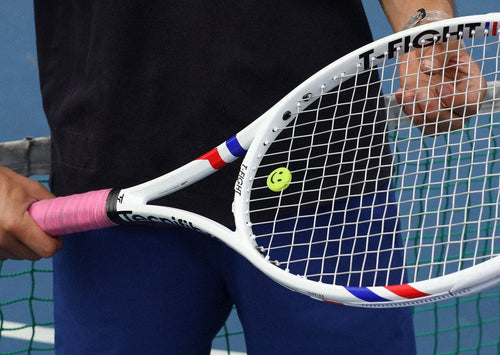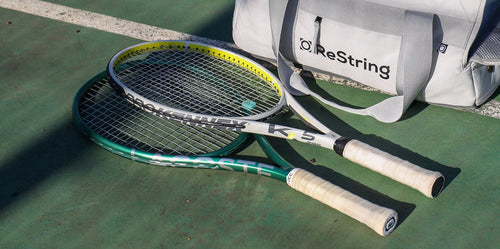The Essential Guide to Tennis String Length: Measure for Optimal Play
Juan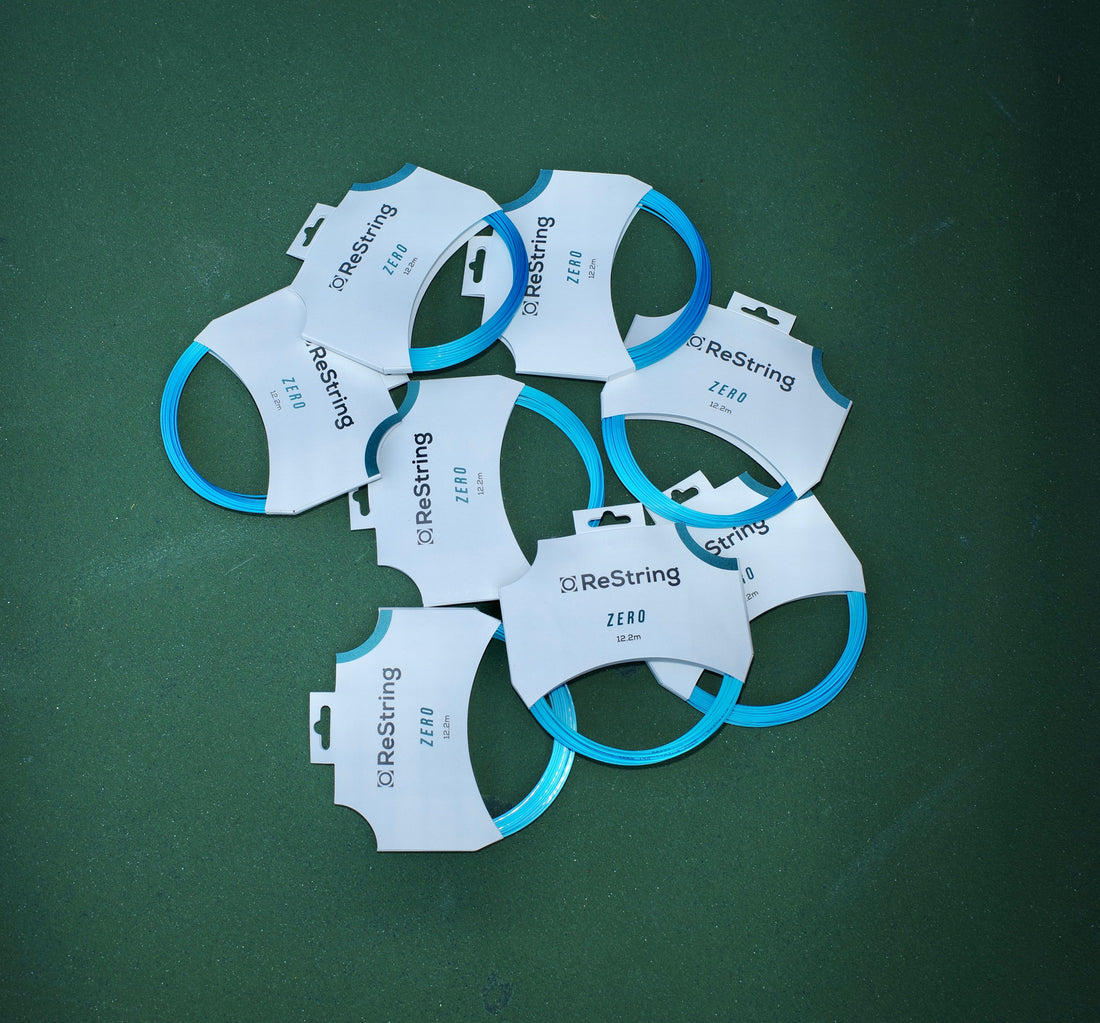
Understanding Tennis Strings
Tennis strings are crucial to your racket's performance, significantly impacting power, control, and comfort. The four main types—polyester, multifilament, natural gut, and synthetic gut / nylon —each serve different playing styles.
Polyester strings like ReString Zero provide excellent power, durability, spin and control, which is why almost all pros use a combination of poly in their racket. Natural gut and multifilament strings excel at comfort, and synthetic gut / nylon provide a balanced option.
Read our guide on how to choose the right string for you for a more in-depth explanation.
Measuring String Length
Accurate string measurement is essential to complete a proper stringing job and avoid finding yourself short.
A standard tennis racket requires approximately 12.2 meters of string, with about 60% allocated to the main strings and 40% to the cross strings. Main strings are the vertical strings and cross strings are the horizontal strings.
Most pre-packaged sets, including Zero and Sync, come in the standard 12.2M length, meaning we have done the measuring for you. All you need to do is follow the 60/40 split and you'll have an easy job stringing your racket.
If you're working with a reel, measure out 12.2M and follow the same 60/40 split between mains and crosses. This measurement works for most rackets, even those with dense patterns or larger head sizes.
If you want to manually measure string length, hold the end of the string and stretch it across the frame from the top of the first center main string hole to the tension head. Measure out a length from the second main hole to its matching main hole across the frame, continuing this process until you reach the last main string.
Factors Affecting String Length
The amount of string needed primarily depends on your racket's specifications. Two key factors determine string length requirements: head size and string pattern.
Larger head sizes naturally require more string to cover the greater area. Similarly, denser string patterns (like 18x20) need more string than open patterns (like 16x19).
However, there's no need to worry too much about these factors. Standard 12.2M sets, like Zero and Sync, are designed to accommodate most rackets, including those with larger heads and dense patterns. You'll typically have some excess string left over, which is better than coming up short.
Understanding your racket's specifications simply helps you anticipate your stringing needs and plan accordingly.
Cross Strings and Main Strings
Understanding the difference between main and cross strings is crucial for proper string measurement. Main strings run vertically and require about 60% of your string length due to their longer path through the racket. Cross strings run horizontally and need the remaining 40%. This 60/40 split is standard across most rackets and string setups.
String Tension and Its Effects
String tension significantly impacts your game. Higher tensions (over 54 lbs) provide more control but less power, while lower tensions (under 53 lbs) offer more power but less control. Higher tension can slightly increase the amount of string needed due to less stretching during installation but this difference is negligible.
Stringing for Different Playing Styles
Your playing style should guide your stringing choices. Aggressive baseliners might prefer a firmer string like Zero at higher tensions for maximum control and spin. All-court players often benefit from a more flexible setup with moderate tension. Touch players might choose Sync for its superior feel and control. Different playing styles may require varying string patterns or hybrid setups, affecting the total length of string needed.
Stringing Techniques and Tips
Once you have your string length, you’ll need to string your racket. This can be confusing, which is why we have written a whole article on it: How to String a Tennis Racket: A Step-by-Step Guide for Beginners.
Conclusion
Understanding string length requirements is fundamental to a successful stringing job.
While most pre-packaged sets come in standard 12.2M lengths, knowing how factors like head size and string pattern affect length needs will help you string with confidence.
Whether you choose Zero for power and spin or Sync for control and feel, proper string measurement ensures optimal performance for your game.

